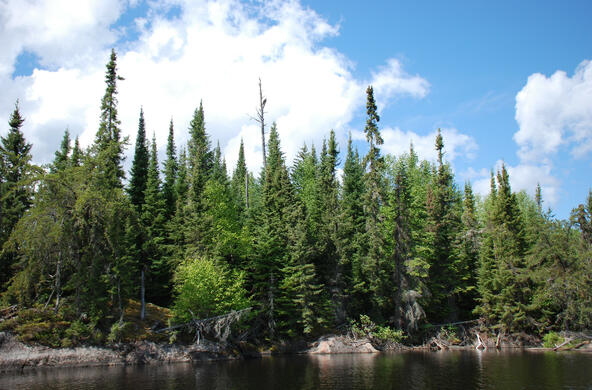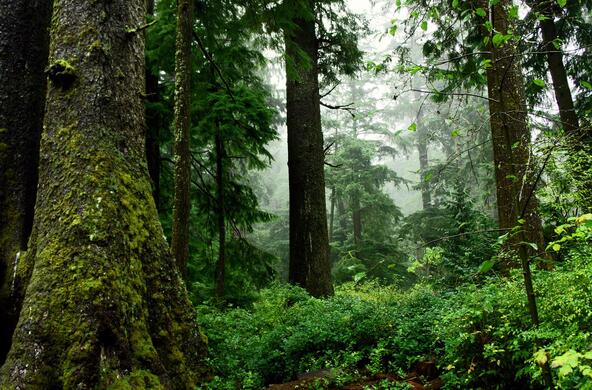When people think about climate change, the first thing that usually comes to mind is blazing hot summer days, severe droughts, or super-size hurricanes. But climate change is actually more significant in winter than in summer.
In the northeastern United States, over the last century, winter temperatures have warmed more than summer temperatures. Most marked has been the loss of extremely cold temperatures. For example, in locations where temperatures might have dropped as low as -25 degrees Fahrenheit every five years or so, now it might get that cold only once every 25 years.
In some ways, this is a good thing. Extreme cold temperatures are a serious human health threat and can have a big economic impact — for example, when your furnace groans and dies from overwork.
However, in other ways, the loss of extreme cold temperatures is a bad thing. These temperatures can kill invasive pests such as the hemlock wooly adelgid, which is killing hemlock trees all over the Northeast. Because it takes temperatures as low as -25 degrees Fahrenheit to kill these bugs, climate change in the form of a loss of extreme low temperatures is accelerating the loss of hemlock trees from our forests.
What about snowfall? While we might like to tell our kids that in our youth deep snow covered the ground for the entire winter (and that it was uphill both ways to school), the data tell us otherwise.
Snowfall for the whole winter is highly variable, so it is really hard to see trends through time. And indeed, we have had some big snow years in the past couple of decades. But the average thickness of the snowpack and the amount of water stored in the snowpack have both been declining steadily.
Also, the amount of time soils, vegetation, lakes and wetlands are covered and protected from freezing temperatures by snow has declined. So while it is difficult to see, changes in snowfall associated with climate change are affecting groundwater recharge, the health of vegetation and the ability of our children to regale our grandchildren with stories of Arctic hardship.
Winter is also a good time to think about the beach. First, you've got to decide if you can afford that summer rental you'd like. And second, you've got to think about whether it's still going to be there or will it wash away in a winter storm.
Most beach erosion occurs during big coastal winter storms, or nor'easters. It's not clear from the data if the number and/or intensity of nor'easters is increasing as the climate warms. But it's certainly clear that a rising sea level makes them a lot worse. And the annual rate of sea level rise has more than tripled in the last century, from less than one millimeter a year to more than three. This is a result of the melting of polar ice caps because of global warming. Maybe you should pick a cottage a few blocks away from the water.
Climate change has many dimensions and effects. Some effects will be positive — lower heating bills, our furnaces may last longer. Other changes will be a minor nuisance — less fun in the snow, loss of hemlocks. Some changes, especially those associated with sea level rise, will be incredibly disruptive; for example the possible loss of a barrier island community such as Long Beach Island. And others might be unthinkably horrible — whole cities and nations dislocated by rising seas. So while winter is a good time to think about climate change, it's an even better time to do something about it.







